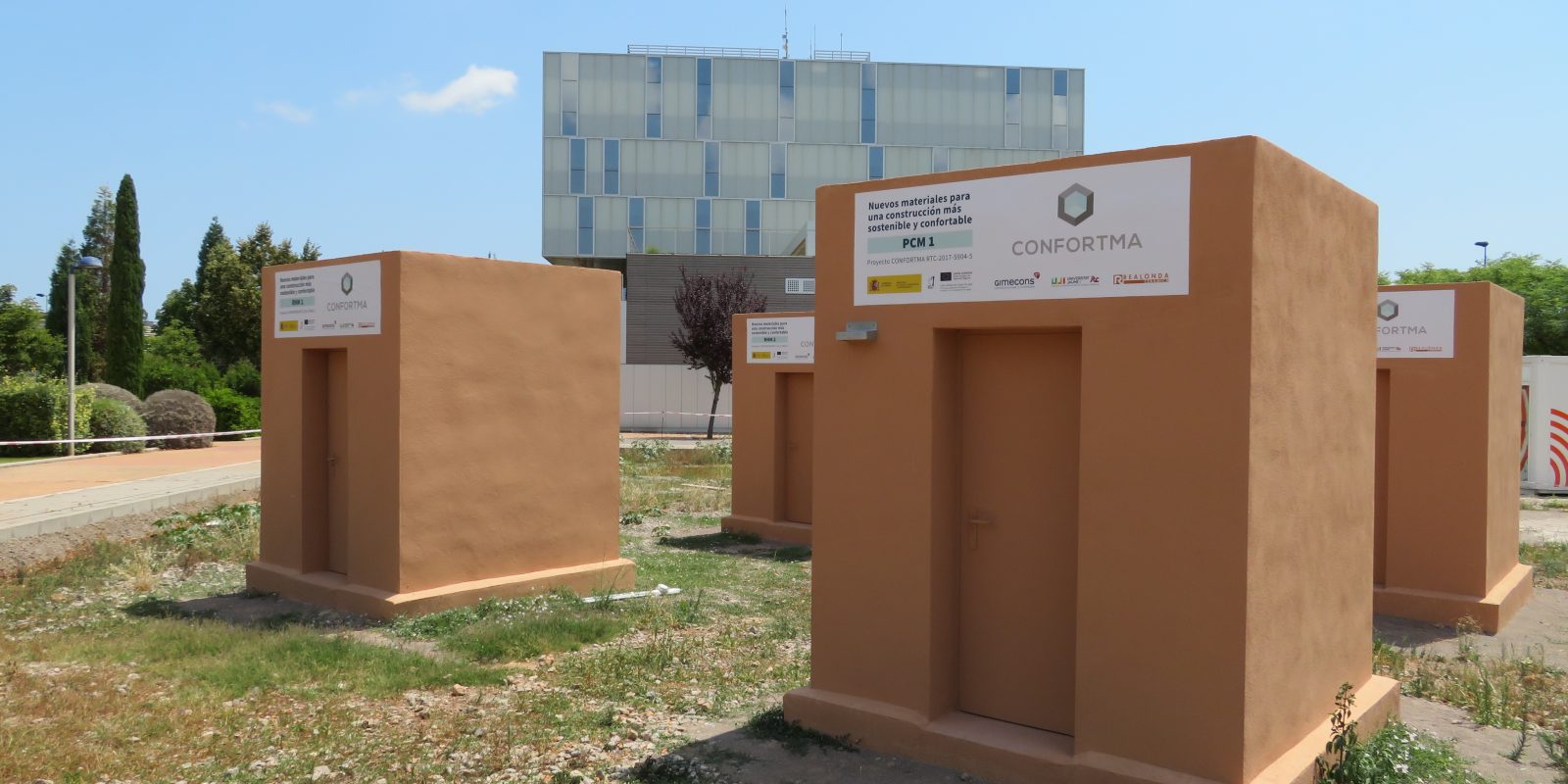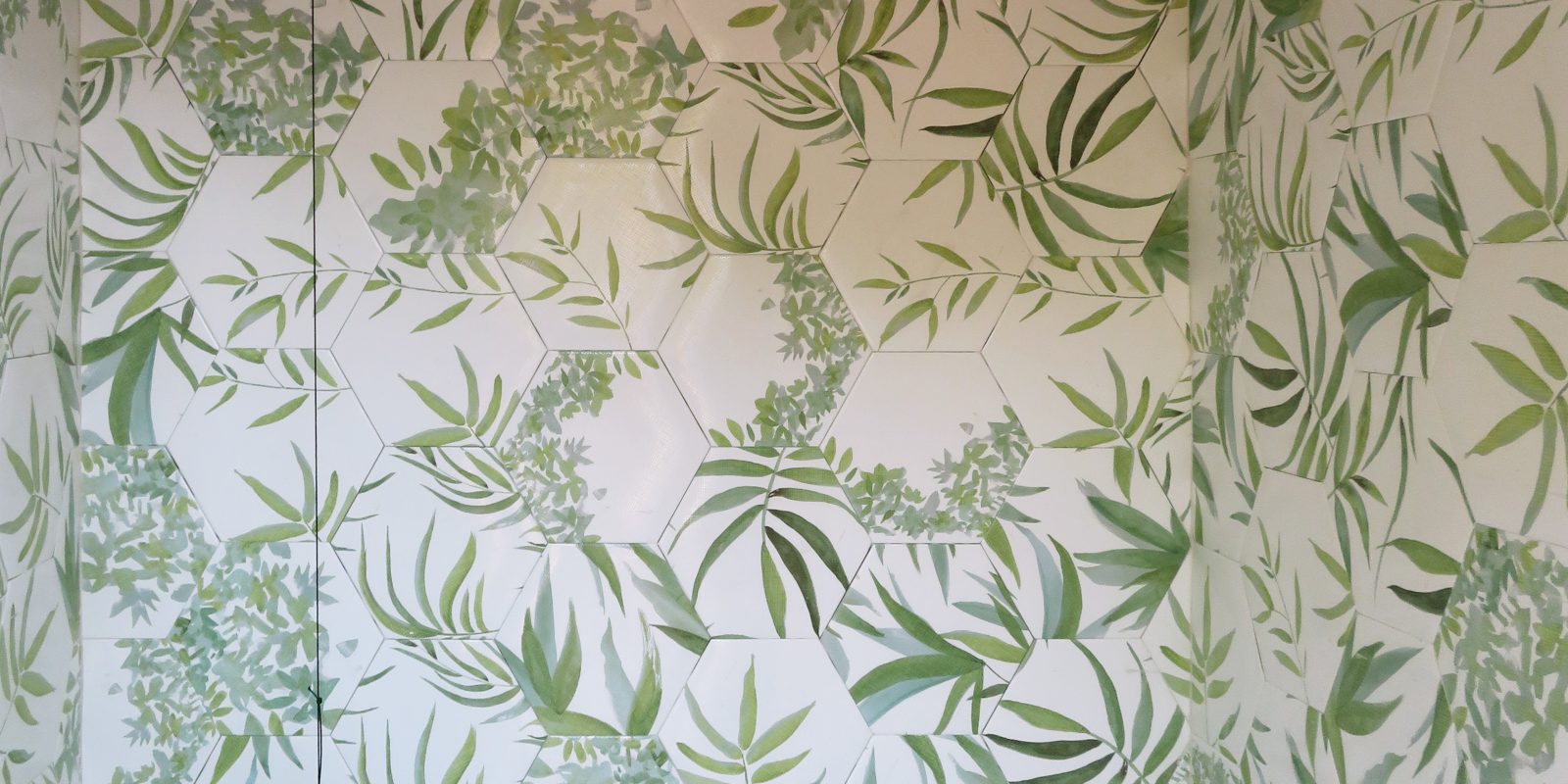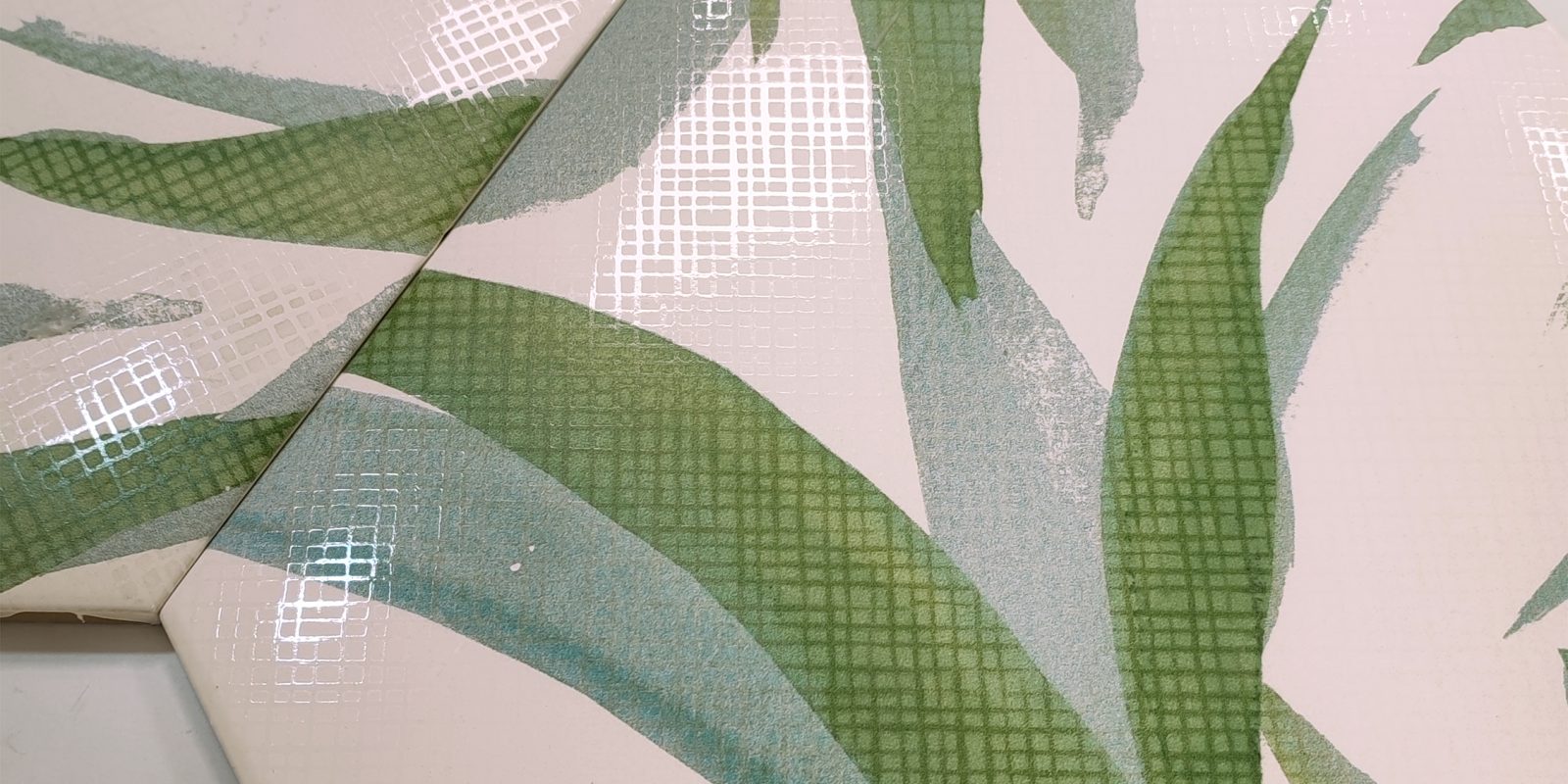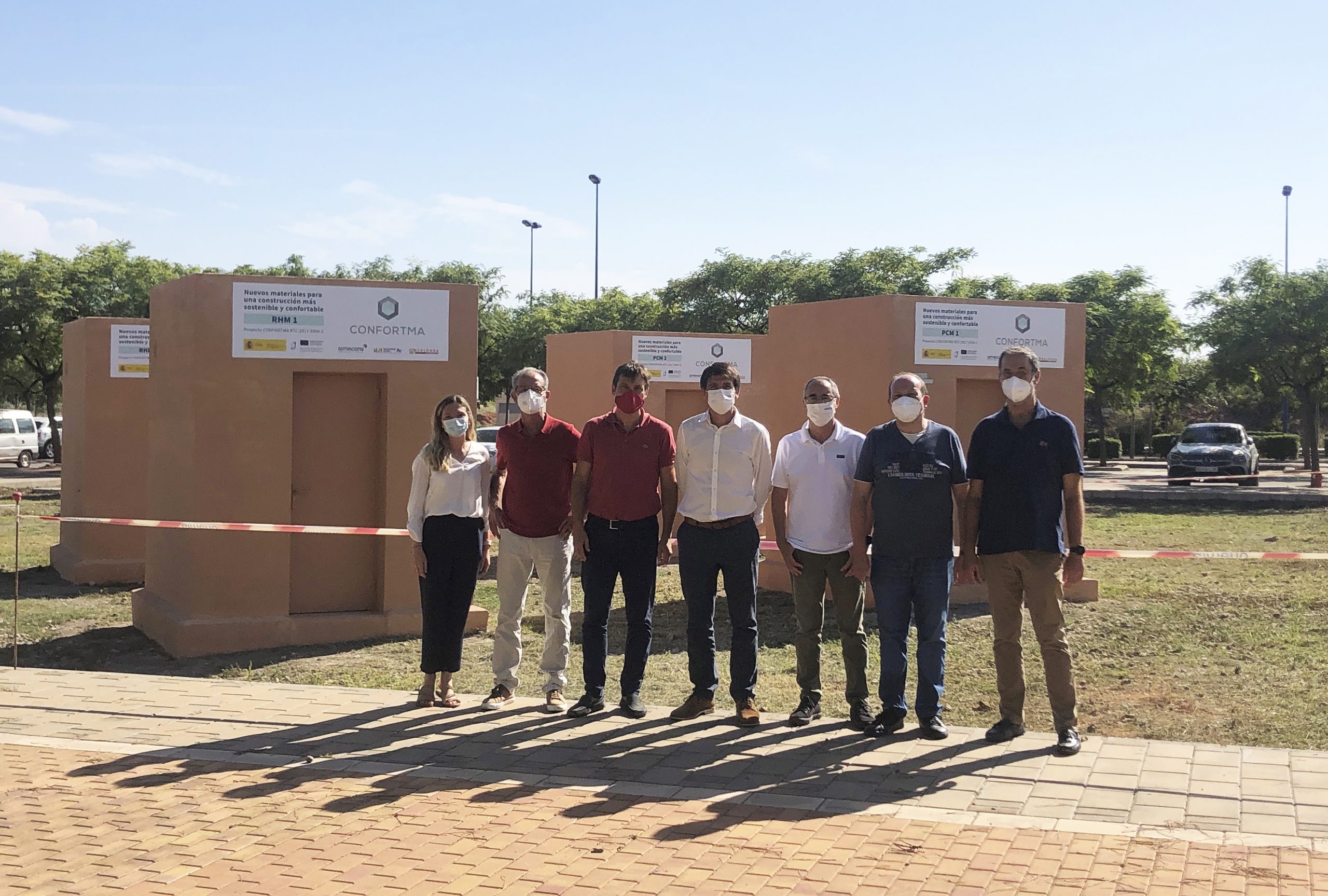Confortma project develops new temperature and humidity regulating tiles
This innovative idea developed by Gimecons together with Realonda and the University Institute of Ceramic Technology of the Universitat Jaume I (IUTC-UJI), has as its main objective the improvement of health, comfort and environmental and energy sustainability.

The new materials reduce cooling and heating consumption, as well as CO2 energy emissions and the environmental impact in construction. These ceramic and polymeric products eliminate volatile organic compounds (VOCs) in indoor spaces.
The basis of this project has been based on research within the framework of the circular economy, giving value to certain product design waste. In this way, through inkjet technology, decorations and glazes have been applied to ceramics with the intention of combining design, aesthetics and functionality.

On the one hand, temperature regulating materials are based on phase changes that manage to store and release a large amount of energy. Their purpose is to reduce temperature peaks and delay the thermal response of the building with respect to the outside. Thus, it reduces energy consumption. To achieve this, it is necessary to design porous nanostructures inside the ceramic tile.
Moreover, these porous and absorbent tiles have the capacity to concentrate VOCs and regulate the humidity inside the building.
As for the design and coating of this ceramic material, it can be decorated using different techniques as long as the surface of the tile is not completely covered.
We would like to mention that Realonda has been recognized with the Alfa de Oro in 2021 for the manufacturing of these functional ceramic tiles with self-regulating humidity capacity.

Confortma project has been co-financed by the Ministry of Science, Innovation and Universities and FEDER funds, and will reduce the environmental and economic impact on buildings. It will also benefit the health and comfort of consumers.










